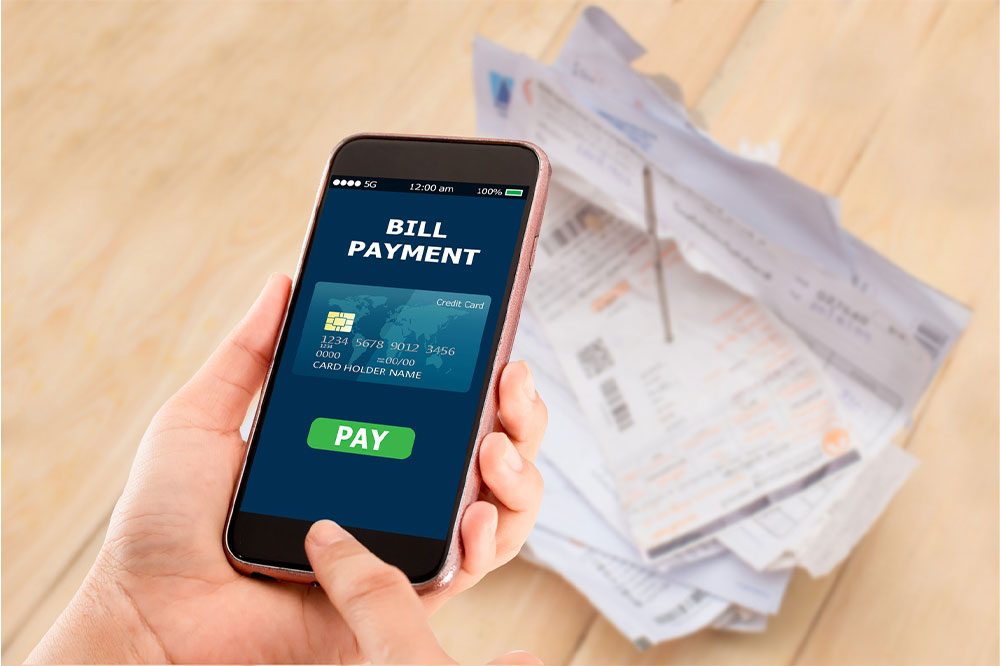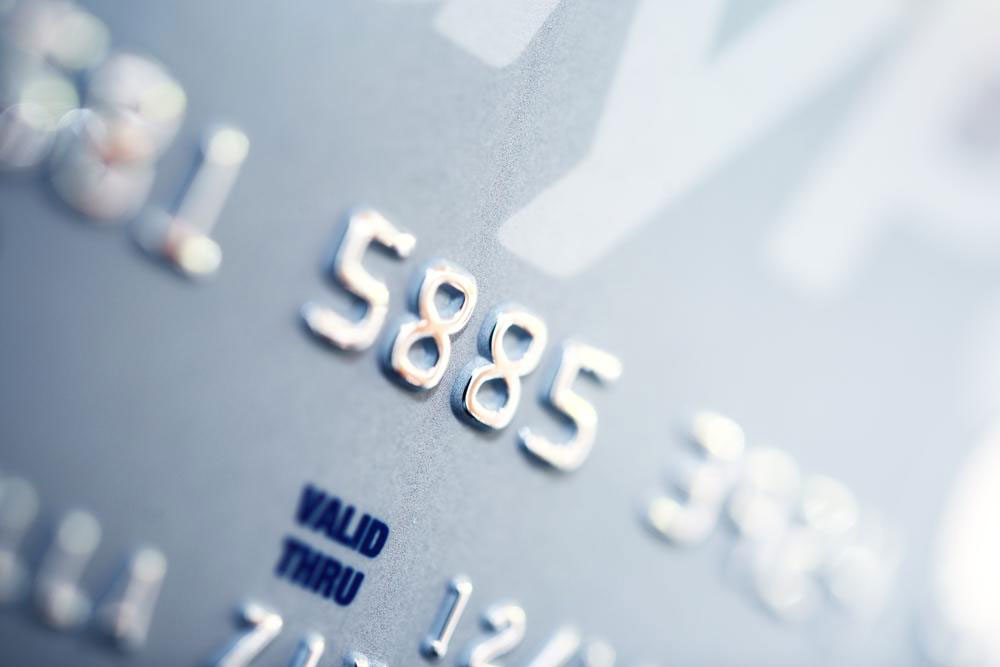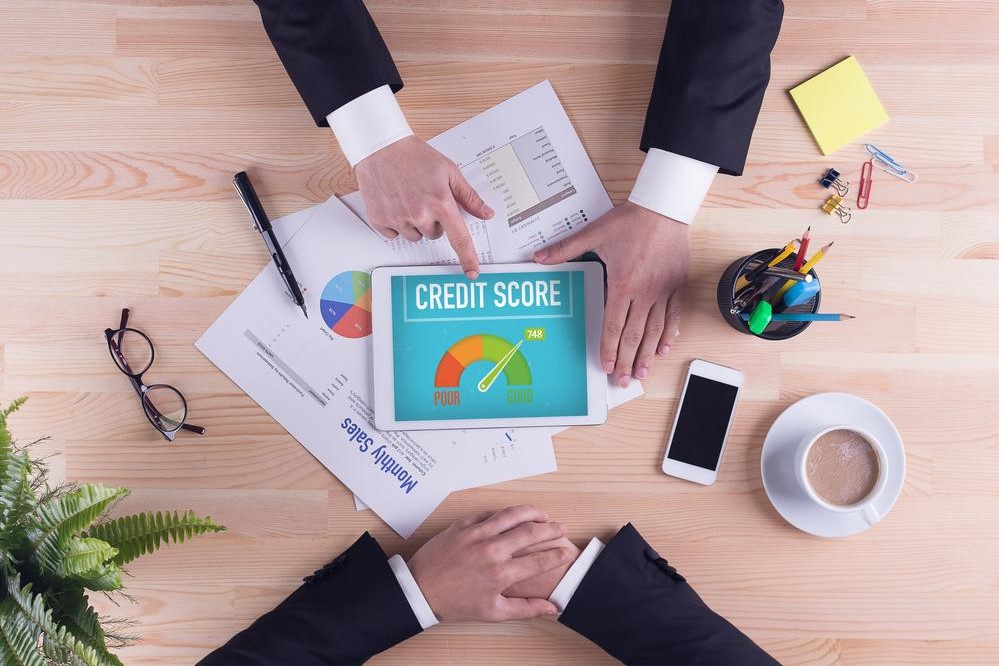Convenient Digital Payment of Bills – Advantages, How-To, and Tips
Discover the convenience of online bill payments with this comprehensive guide. Learn about the benefits, step-by-step procedures, and safety tips for managing utility and service bills digitally. Online payments save time, enhance security, and promote eco-friendliness. With user-friendly methods and robust security measures, managing your finances has never been easier or safer. Explore how to set up automatic payments, protect your information, and enjoy hassle-free financial management from your device.

Digital Bill Payments – Advantages, How-To, and Essential Tips
With continuous technological improvements in banking, consumers can now settle their bills online through secure electronic platforms, replacing traditional check payments and mailing processes. This method involves linking a bank account to authorize electronic fund transfers for both one-time and recurring payments. Online bill payments are faster, more affordable, and more practical than manual check methods. Here’s everything you need to know about managing bills digitally:
Advantages of Digital Bill Payments
Customers can conveniently pay utilities such as electricity, water, cable, and credit cards using their computers or smartphones, promoting a cashless lifestyle.
Many banks provide free services for users to pay multiple bills within a single platform, streamlining the process. Customers simply authorize their bank or financial app to make payments on their behalf. Most institutions impose no limits on the number of bills paid, offering significant flexibility. Benefits of online payments include:
Time Efficiency: Using internet banking reduces the need for trips to the bank, saving valuable time, while allowing users to track and approve payments easily through their devices.
Enhanced Security: Digital banking is safer than mailing checks, with robust encryption and security protocols that protect your sensitive data. Automatic sessions and inactivity timeouts bolster security, minimizing risks of identity theft and mail theft. Additionally, digital proof of payments helps resolve disputes efficiently.
Financial Management: Paying bills online simplifies tracking expenses and balances. Users can verify scheduled and completed payments, review transaction history, and set up alerts for upcoming bills, improving overall financial control.
Eco-Friendly Payment Option: Online bill payments reduce paper use by eliminating paper checks and postage costs, making the process environmentally friendly. Many consumers also use credit cards for automatic recurring payments, helping maintain good credit health.
Steps to Pay Bills Online:
Access your bank’s website and log into your account.
Navigate to the “Bill Pay” section.
Select your billers from the list of payees.
Set up one-time or recurring payments, choosing payment dates accordingly.
If paying a new provider, enter necessary details like account number and address, authorizing your bank to process payments. You can also instruct the bank to mail a check if online payment isn't available.
Safety Tips for Online Transactions
Never share passwords; create complex, strong passwords with letters, numbers, and symbols.
Use a VPN and avoid public Wi-Fi when accessing banking services.
Keep your antivirus software updated to prevent malware infections.
Always log out completely after completing transactions; simply closing the browser isn't enough to secure your data.
Many utilities, including water, gas, and electricity providers, facilitate online bill payments. Setting up e-bills ensures prompt payments, avoiding delays that could disrupt services. After setting up, users receive payment receipts via email, ensuring transparent and timely transactions.










